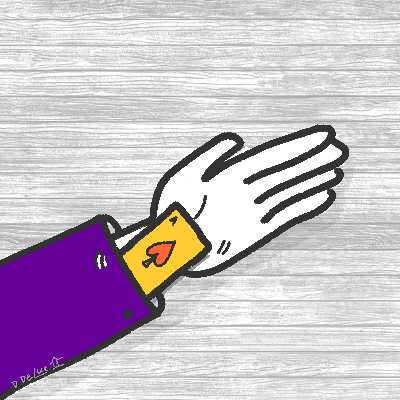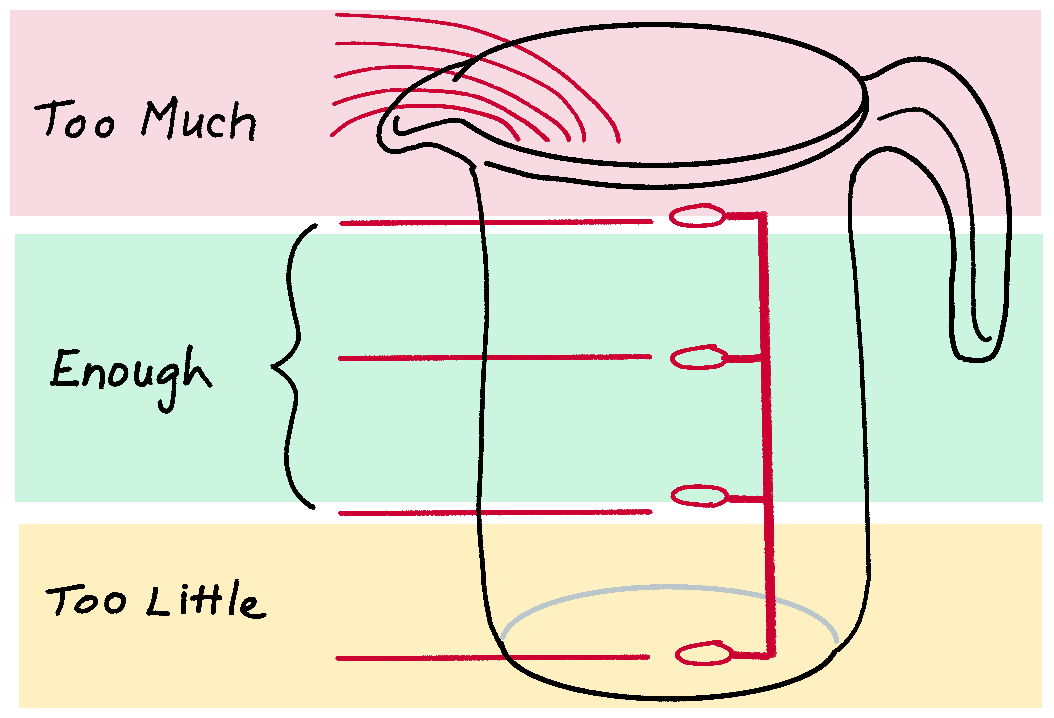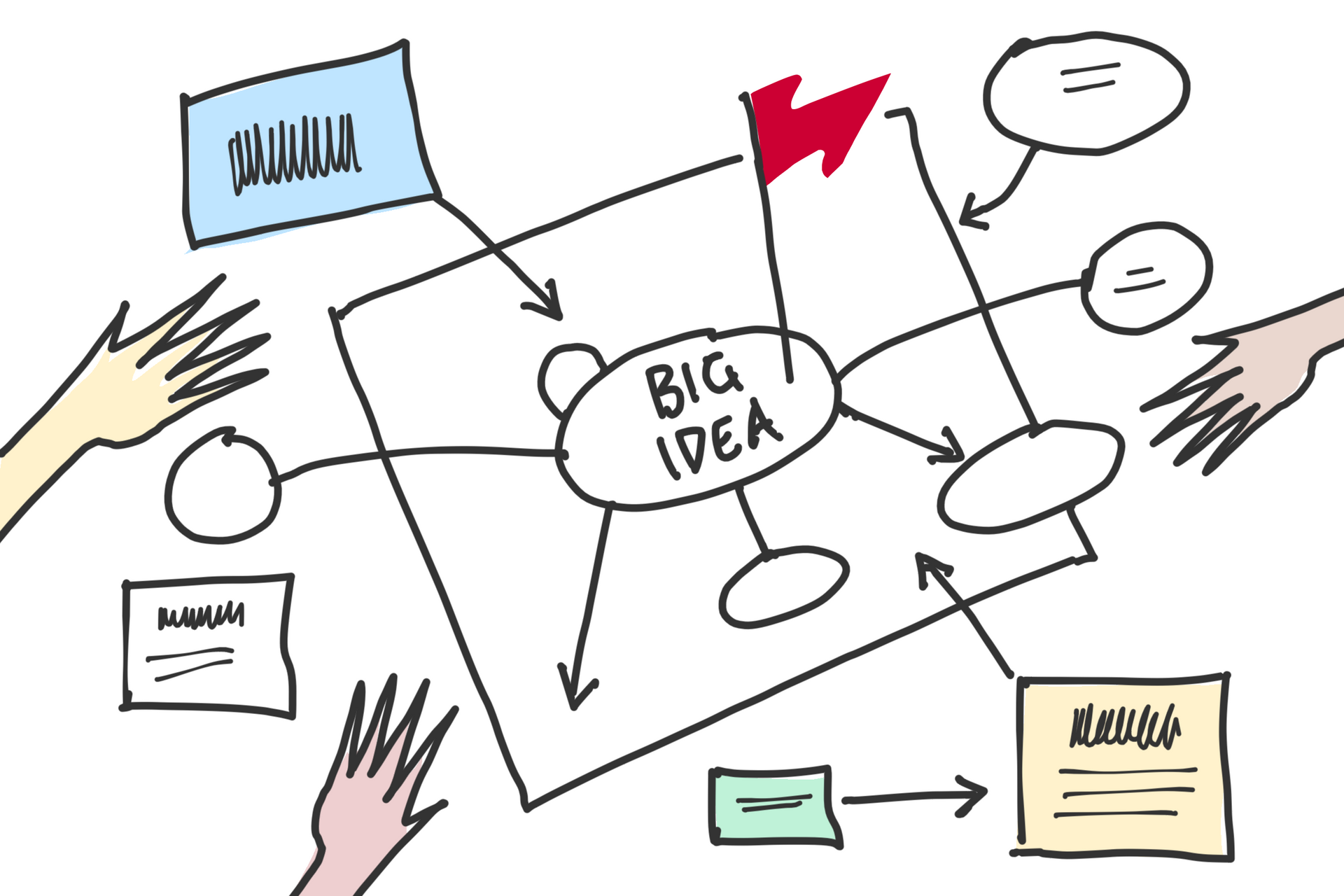Overcoming Negative Bias with Visual Thinking
The Art of Applied Visual Thinking
We all experience moments when our minds focus on the negative aspects of situations, a phenomenon known as negative bias. This tendency can hinder our creativity, decision-making, and overall well-being. Fortunately, visual thinking offers powerful tools to help overcome this bias and shift our perspective toward the positive.
Negative bias is the tendency to focus more on negative experiences or information rather than positive ones.
It's a survival mechanism that evolved to help humans respond to threats, like saber tooth tigers. However, in our modern lives, this bias can lead to stress, anxiety, and a distorted view of reality. By being aware of negative bias, we can actively work to counteract it and foster a more balanced perspective.

Why Does Negative Bias Happen?
1. Evolutionary Survival: Early humans needed to pay more attention to threats and dangers to survive. This heightened focus on negatives ensured quick responses to potential threats.
2. Emotional Impact: Negative events often have a more substantial emotional impact than positive ones, making them more memorable and significant, for better or worse.
3. Cognitive Processes: Our brains process negative information more thoroughly than positive information, emphasizing the negative aspects of experiences.
Visual thinking tools can help combat negative bias by externalizing our thoughts to assess and reframe them more objectively.
Some of the tools you can use to reframe your thoughts include
mind mapping to branch out the negative and positive aspects of the situation and create a more balanced understanding of the whole picture,
SWOT analysis to evaluate the Strengths, Weaknesses, Opportunities, and Threats presented by the situation, and finally, our favorite,
Reframing Doodles.
Want to weed out negative bias and differentiate between perception and reality?
Grab some paper, pens, and markers, and let's create a
Reframing Doodle!

Step 1. Identify a Negative Thought: On the left side of your paper, write down a negative thought or situation that has bothered you. For example, My presentation was a disaster.
Step 2. Make It Visual: Above the negative thought, draw a simple image representing what happened. For instance, for My presentation was a disaster, you could draw a wide-eyed, sweating figure with shaky knees.
Step 3.
Reframe It:
In the center of your paper, jot down
3 to 5 things that went well or opportunities related to the situation. For example, your presentation materials were informative, several people asked relevant, thought-provoking questions, and the visuals were fun and engaging. Use different colors for a vibrant visual impact.
Step 4. Create a New Vision: On the right side of the paper, incorporate positive elements to transform your initial drawing into something positive. For example, redraw your figure standing in a confident Superhero pose, include a fun part of your presentation on a screen, and add a few figures asking questions.
Step 5. Reflect on How You Feel: Take a moment to reflect on how this visual transformation makes you feel. Notice and jot down any shifts in your emotional response or perspective.

By using visual thinking tools, we can overcome negative bias and cultivate a more balanced and positive outlook.
Try this activity and see how it transforms your perspective.










